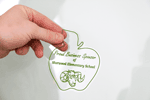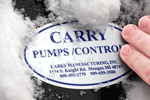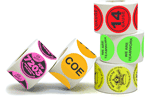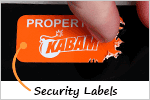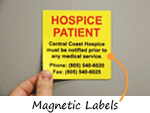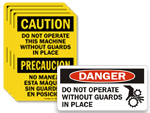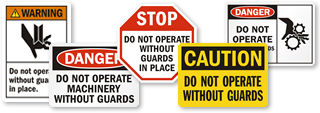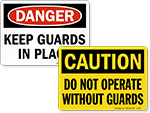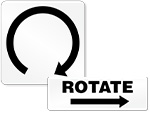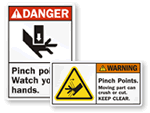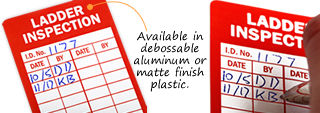A.
Amputations are some of the most common, serious, and debilitating injuries in the workplace. To create a safe work environment and protect workers from these injuries, employers first must recognize, identify, manage, and control amputation hazards commonly found in the workplace. These are usually caused by the mechanical parts of machines and their automated or manual motion. Also, the activities performed by workers during mechanical operations contribute to increasing the number of injuries.
Employers can implement safe work practices, employee training, and administrative controls to help prevent and control amputation hazards. Using machine safeguarding equipment, including guards and safeguarding devices, is one of the most effective ways to limit the risk of amputation injuries while operating machinery. ThisOSHA factsheet about amputations throws light on its causes, risk factors, standards for prevention, employer responsibilities, and worker’s rights.



